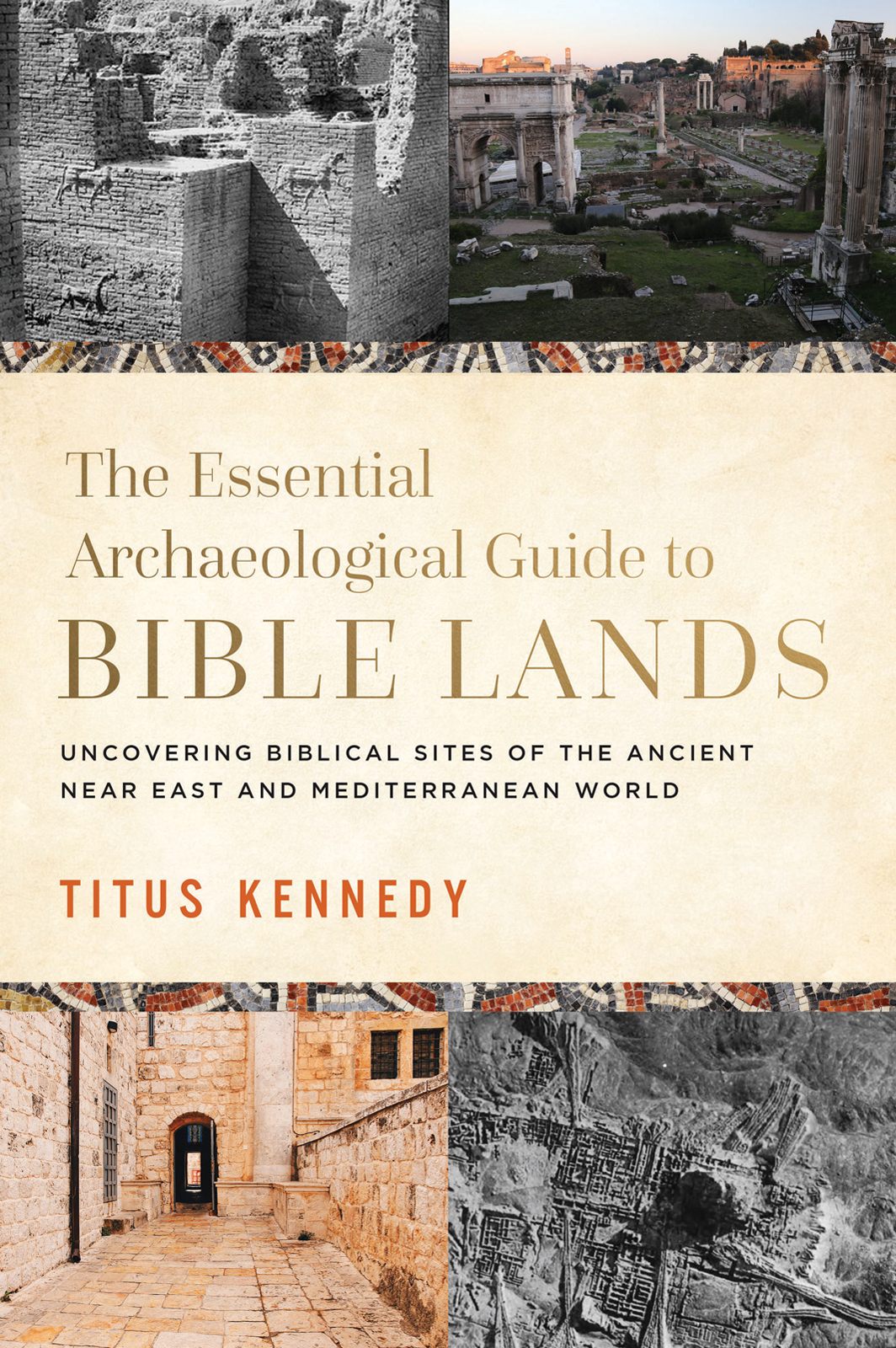
Sign Up for Updates
Connect
TOPICS
- Latest Blog
- Fiction
- Inspirational/Devotional
- Men's Christian Living
- Prophecy
- Women's Christian Living
- View All
ARCHIVES
How Extrabiblical Texts and Artifacts Can Help Us Date the Exodus Event
Posted on Jun 07, 2024 Topic : Men's Christian Living, Prophecy, Women's Christian Living
Posted by : Titus Kennedy
.jpg)
The investigation of the archaeological remains of temples and texts dedicating or commemorating temples has illuminated an ancient practice that recorded elapsed years between a particular temple construction and a significant past event. These specific types of texts document a king or kings involved in the construction, reconstruction, or remembrance of a temple, a deity with whom the temple was associated, the location of the temple, and note long duration years (“distanzangaben”) connecting a historical temple construction or dedication in the reign of one king to the distant past when the previous temple was built or another important event occurred. Although rare, these texts are known from Assyria, Babylon, Egypt, Israel, Phoenicia, and Rome over the span of more than a thousand years. The similarity in content, style, and objective indicates a shared tradition and helps us delve into the minds of the ancients and the way in which they chose to communicate information about chronology. From Israel, one example is found in the Bible—that in the 4th year of the reign of Solomon, he began to build the temple of Yahweh in Jerusalem, and this was in the 480th year after the Exodus from Egypt (1 Kings 6:1). Although it is often claimed that this “480th year” number is merely symbolic, figurative language, and therefore one cannot possibly determine a date for the Exodus from this passage, the archaeological evidence related to long duration years in temple dedication texts demonstrates the opposite—that the ancient scribes recorded actual years intended to be taken as real numbers that facilitated historical chronologies.
For instance, temple dedication texts from Assyria specify long duration years between kings and temples that have been confirmed as counting the correct number of years through independent sources. A prime example comes from a temple rededication text of Tukulti-Ninurta I in the 13th century BC, who stated that 720 years had elapsed from the time since his ancestor Ilu-Shumma had constructed the temple of Ishtar at Assur until the time that he rebuilt the Ishtar temple. Not only are these two phases of the Ishtar temple known archaeologically and separated by about 7 centuries (Temple D and Temple A), but 720 years from the reign of Ilu-Shumma falls exactly into the time of Tukulti-Ninurta I. In addition to long duration elapsed years texts addressing temples, another example from Assyria in the time of Shamshi-Adad I notes generations instead of a number years between temple constructions, demonstrating that elapsed years and generations were seen as distinct methods of counting time and that generations were specified as such when being used, rather than the ancient writers of temple dedication texts inferring ambiguous symbolic numbers. Likewise, Babylonian temple dedication texts with elapsed years indicate that the intent of the author was to communicate real years elapsed in between events.
From Egypt, the commemoration of the Seth temple at Avaris appears to be recorded on the Year 400 Stela of the 19th Dynasty. Within the text, the passage of time is noted as the 4th day of the 4th month of year 400, apparently counting back from the founding of the temple until near the end of the reign of Seti I, whose name reflects the deity Seth, and finally memorialized on the stele by his son Ramesses II. The ruins of this temple of Seth at Avaris have been excavated, and its establishment dated to approximately 1700-1680 BC and around the time of Nehesy who is called “Beloved of Seth, Lord of Avaris,” which happens to be 400 years prior to the end of the reign of Seti I.
The temple dedication record of Solomon follows the conventions of similar Ancient Near Eastern temple construction and dedication texts including name of king, deity of temple, location of temple, a long duration number of years elapsed, and past historical marker (1 Kings 6:1-38). This temple of Yahweh in Jerusalem construction and dedication may also be seen to connect to the tabernacle of Yahweh dedication by Moses, ordered in year 1 but and erected in year 2 of the departure from Egypt, and therefore the 479 elapsed years preceding the Jerusalem temple dedication could be associated not only to the past event of the Exodus, but also to an earlier construction and dedication, similar to the Mesopotamian style (Exodus 25:9, 40:17). As can be seen in texts from Assyria, Babylon, Egypt, Phoenicia, and even Rome between the 13th century BC and the 2nd century BC, in addition to Israel, the practice was geographically and chronologically widespread. When the years recorded in these temple construction and dedication texts are examined alongside their archaeological and historical context, it is apparent that the intent of the authors in ancient temple dedication texts was to relay an accurate number of elapsed years rather than merely symbolic figures, and in cases where evaluation by external data is possible, the vast majority of elapsed year figures have been demonstrated to be accurate. Further, numbers of generations were specified when the ancient writers communicated chronological data via generations. Based on parallel examples, the authorial intent of the Solomon temple dedication text appears to be that 479 years elapsed between the departure from Egypt and the 4th year of Solomon, situating the earlier cited event of the Exodus around 1446 BC.
For more information see: Kennedy, Titus. 2024. "Temple Dedication and Construction Texts of the Ancient Near East with Elapsed Years: Implications for Long Duration Chronologies" Religions 15, no. 4: 408. https://www.mdpi.com/2077-1444/15/4/408

Read more in The Essential Archaeological Guide to Bible Lands by Titus Kennedy

